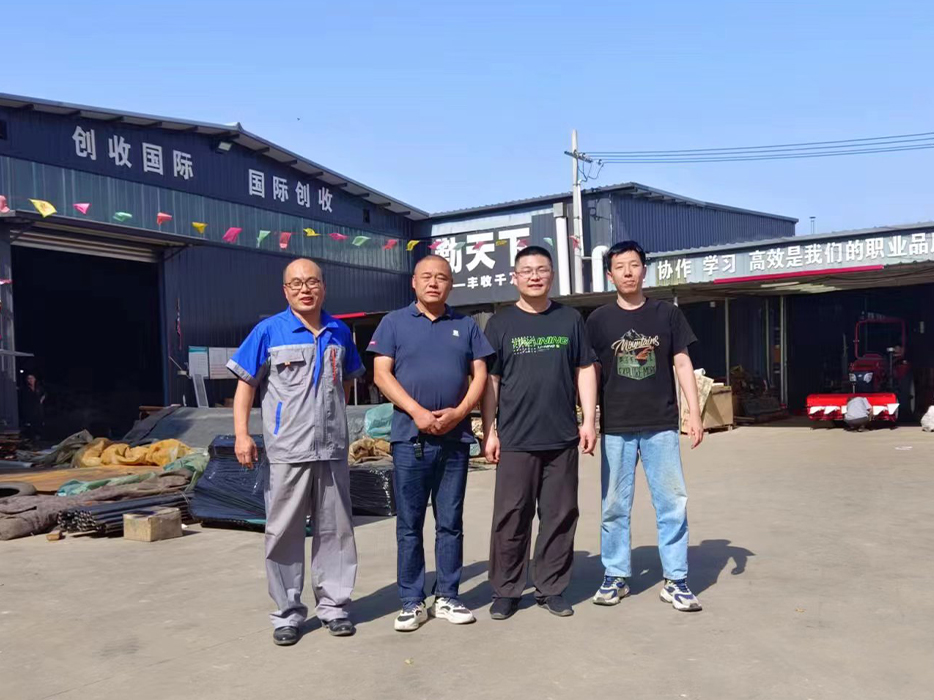Innovative Mini Harvester for Efficient Crop Collection and Sustainable Agriculture Solutions
The Rise of Mini Harvester Revolutionizing Agriculture
In the rapidly evolving world of agriculture, the introduction and adoption of various technologies have played a pivotal role in enhancing farming efficiency and productivity. One significant innovation that has captured the attention of farmers around the globe is the mini harvester. This compact machine is designed to cater to the needs of small-scale farmers, offering a solution to the challenges posed by traditional harvesting methods.
Understanding Mini Harvesters
A mini harvester is a smaller, lightweight version of conventional harvesters. Specifically engineered for small agricultural plots, it combines several harvesting functions into a single, user-friendly machine. These machines come equipped with features such as cutting, threshing, and collecting in one operation, drastically reducing the time and labor involved in harvesting crops. Their design allows them to navigate narrow rows, making them ideal for small farms where space is often at a premium.
Key Advantages
The introduction of mini harvesters boasts numerous advantages that contribute to their growing popularity. One of the most significant benefits is the labor savings they provide. Traditional harvesting methods often require a large number of workers, which can be both costly and logistically challenging. In contrast, mini harvesters can be operated by just one or two individuals, significantly reducing labor costs and effort.
Additionally, mini harvesters are known for their ability to enhance efficiency. By streamlining the harvesting process, these machines enable farmers to complete their work faster. This is particularly crucial during peak harvest times, where delays can lead to crop losses or quality degradation. With the capability to process crops swiftly and effectively, mini harvesters help farmers maximize their yield and minimize waste.
mini harvester

Economic Impact
From an economic perspective, mini harvesters offer crucial benefits to small-scale farmers. The initial investment in a mini harvester is often lower than that of a full-sized machine, making it accessible to a broader range of farmers. Moreover, the efficiency gains and reduced labor costs can lead to increased profitability for these farmers. Whether it is rice, wheat, or vegetables, utilizing a mini harvester can significantly enhance the economic viability of small farming operations.
The adoption of mini harvesters also fosters greater food security. As productivity increases, farmers can produce more food, catering to the growing global population. This increased output not only supports local communities but also contributes to the overall economy.
Environmental Considerations
While the economic benefits are substantial, environmental considerations are also paramount. Mini harvesters can be designed to minimize soil compaction and reduction of crop damage. By operating in smaller fields and utilizing more efficient harvesting methods, they help preserve the land and maintain its fertility for future generations. This balance between productivity and sustainability is essential in today’s agricultural practices.
Conclusion
The rise of mini harvesters represents a shift towards more sustainable and efficient agricultural practices. As the demand for food continues to grow, small-scale farmers are increasingly turning to these innovative machines to help them meet their needs. By reducing labor costs, enhancing efficiency, and increasing productivity, mini harvesters are transforming the agricultural landscape. As technology continues to evolve, it is likely that mini harvesters will play an even more significant role in shaping the future of farming, ensuring that small farmers can thrive in an ever-changing world.
Latest news
-
When to Upgrade Your Old Forage HarvesterNewsJun.05,2025
-
One Forage Harvester for All Your NeedsNewsJun.05,2025
-
Mastering the Grass Reaper MachineNewsJun.05,2025
-
How Small Farms Make Full Use of Wheat ReaperNewsJun.05,2025
-
Harvesting Wheat the Easy Way: Use a Mini Tractor ReaperNewsJun.05,2025
-
Growing Demand for the Mini Tractor Reaper in AsiaNewsJun.05,2025







